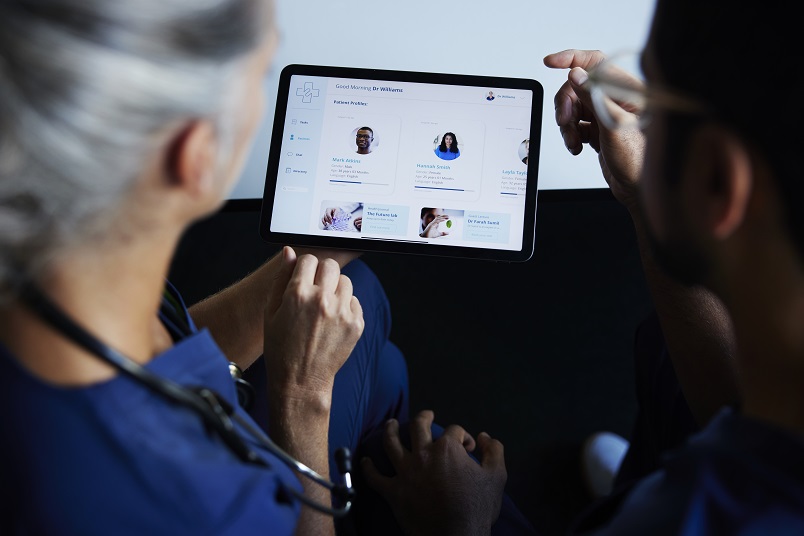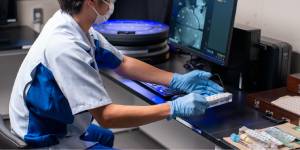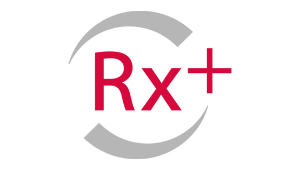Astellas strives to maximize VALUE for patients by implementing digital transformation (DX) throughout the value chain—including Research, Development, Manufacturing, Commercial / Marketing, and Corporate Functions. Learn more about our specific DX initiatives.
Related links







